Introduction
Can Rats See In The Dark: Rats’ eyes are extremely sensitive to light. Living in dark places, they evolved the ability to see in near total darkness. Rats can tell the difference between tiny changes in light intensity, when it would just look pitch black to us.
The notion that rats can see in the dark has long been shrouded in mystery and intrigue. These small rodents are known for their adaptability and survival skills, often thriving in environments where visibility is limited. The question of whether rats possess a special ability to see in the dark, like nocturnal animals such as cats, owls, or some species of bats, is a subject that piques curiosity and scientific inquiry.
Rats can see in the dark not only sheds light on their sensory adaptations but also offers insights into their behavior, navigation, and survival strategies in various habitats. The secrets of rat vision and explore the intriguing ways these creatures interact with their environment, even when the lights are dimmed.
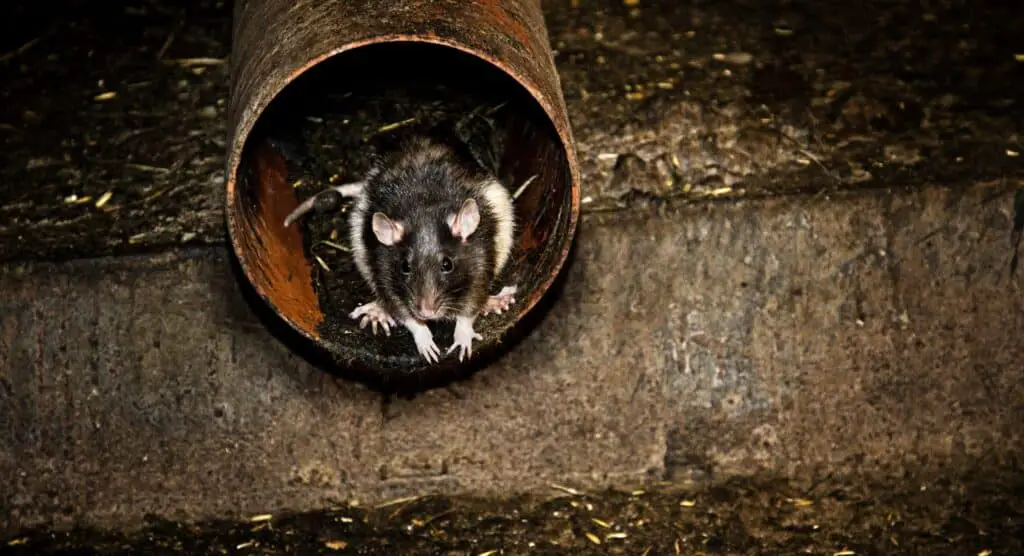
What do rats do in the dark?
Rats spend a large part of their time foraging for food. Being opportunists, rats will come out in the middle of the night, but most rats prefer to feed at dusk and again just before dawn. And because their teeth never stop growing, they are forever gnawing to trim their teeth.
Rats are primarily nocturnal creatures, which means they are most active during the night and less active during daylight hours. When darkness falls, rats engage in various behaviors and activities that help them adapt to their low-light environment:
Foraging for Food: In the dark, rats use their keen sense of smell and whiskers (vibrissae) to navigate and locate food sources. They are opportunistic feeders, searching for grains, seeds, fruits, vegetables, and even scavenging from human food scraps.
Exploration and Nesting: Rats are curious animals, and darkness provides them with a degree of security to explore their surroundings. They may seek out new shelter or nesting sites, as well as establish and maintain their nests. Rats create elaborate burrows or nest in hidden, dark corners of structures.
Social Interaction: Rats are social animals and often engage in social behaviors during their active nighttime hours. This includes grooming each other, playing, and establishing hierarchies within their social groups.
Reproduction: Rats are prolific breeders, and their reproductive activities may occur during the dark hours. They give birth to and care for their young in concealed, dark spaces.
Avoiding Predators: Darkness provides rats with a level of cover from their natural predators, such as owls, snakes, and some larger mammals. They are more vulnerable in the open during daylight.
Avoiding Humans: Rats are known for their avoidance of humans, and they are more likely to venture out and forage for food in the dark to reduce the risk of encountering humans.
The dark hours provide rats with a level of safety, allowing them to carry out essential activities while minimizing their exposure to threats from both natural predators and human intervention.
Can rats and mice see in the dark?
These creatures prefer to come out at night, but it is not unheard of to find them running around in the day. If you work the graveyard shift, the mice living in your house will work the day shift. No creature can see in the dark.
Rats and mice, like many nocturnal animals, have evolved with adaptations that allow them to see in low-light conditions, but their night vision is not as well-developed as that of some other nocturnal creatures like owls or cats.
Rats and mice have a higher number of rod cells in their retinas compared to cone cells. Rod cells are photoreceptor cells that are sensitive to dim light but do not perceive color. This adaptation allows them to have better night vision than humans, who primarily rely on cone cells for daylight vision and color perception.
However, their night vision is not perfect, and they primarily rely on their other heightened senses, such as smell, touch, and whisker sensitivity (vibrissae), to navigate and locate objects in complete darkness. Their whiskers are especially sensitive and act as tactile sensors, helping them detect obstacles and changes in their environment.
So, while rats and mice can see in low-light conditions and have adapted to be more active at night, they are not capable of seeing in complete darkness. Their vision is monochromatic and relatively blurry compared to daytime vision. These rodents primarily rely on a combination of their senses to navigate, forage for food, and avoid predators during the nighttime hours.
How do rats find their way in the dark?
Rats and mice have well-developed senses of smell, taste, hearing and touch. The sensitivity of their whiskers enables them to move around at night confidently in complete darkness using these senses. This is why it is rare to see them during the daytime. Rats possess remarkable sensory adaptations that enable them to navigate and find their way in the dark with surprising efficiency:
Whiskers (Vibrissae): Rats have highly sensitive whiskers, or vibrissae, on their faces. These whiskers can detect even slight vibrations and air currents, helping rats perceive nearby objects and obstacles in their path. When a rat touches its whiskers against an object, it sends sensory information to its brain, allowing it to construct a mental map of its surroundings.
Sense of Smell: Rats have an excellent sense of smell. They can detect odors and pheromones in the environment, which helps them identify food sources, other rats, and potential dangers. They use their sense of smell to follow scent trails, locate hidden food, and navigate in the dark.
Tactile Sensitivity: Rats have sensitive paws that can detect textures and surface irregularities. This tactile sense allows them to feel the terrain they are moving on, helping them avoid obstacles and navigate uneven surfaces.
Auditory Perception: Rats can hear ultrasonic sounds that are beyond the range of human hearing. This heightened auditory perception helps them detect sounds produced by potential threats, such as predators, or the movement of other animals.
Memory and Spatial Awareness: Rats are known for their spatial memory capabilities. They create mental maps of their environment, enabling them to remember the locations of food sources, nesting sites, and safe routes even in the dark.
These sensory adaptations allow rats to effectively navigate and find their way in the dark. Their ability to rely on multiple senses ensures that they can efficiently forage for food, avoid predators, and explore their environments during their nocturnal activities.
Can rats see without light?
Rats would make sense for them to have night vision. However, rats actually have pretty poor vision no matter how much light there is. Most rats have adapted to living in low light and are pretty nearsighted, with the ability to only see a couple of feet in front of them, even in the best conditions.
Rats and most mammals, including humans, rely primarily on external sources of light to see their surroundings. In the absence of external light, their vision becomes severely limited, and they struggle to see clearly, if at all. This is because their eyes are adapted to function optimally in conditions where light is available to stimulate their photoreceptor cells, specifically rod cells in low-light conditions and cone cells in brighter light.
Rod cells are more sensitive to dim light but do not perceive color, while cone cells are responsible for color vision and function better in well-lit environments. In complete darkness, neither type of photoreceptor can function effectively.
However, rats, like many nocturnal animals, have adapted to low-light conditions. Their eyes contain a higher ratio of rod cells to cone cells compared to humans, allowing them to see better in dim light. This adaptation is valuable for their nighttime activities, such as foraging and navigation.
While rats have enhanced low-light vision, they still require some level of ambient light to see their surroundings. In total darkness, they rely heavily on their other senses, such as touch (via their whiskers), smell, and hearing, to navigate and locate objects or food sources.
Why do you only see rats at night?
Their activity typically begins around dusk. Because rats commonly inhabit areas near humans, it is safer for them to come out after dark when there is less chance of them being caught. They will make an appearance during the daytime if they feel safe enough to do so and especially if food supplies are scarce.
Rats are primarily nocturnal animals, which means they are most active during the night and tend to remain hidden during daylight hours. Several factors contribute to the prevalence of rats being seen at night:
Nocturnal Behavior: Rats have evolved to be nocturnal due to various factors, including reduced competition for food and resources, fewer predators, and cooler temperatures. Being active at night allows them to avoid many daytime threats.
Avoiding Predators: Rats have numerous natural predators, including birds of prey, snakes, and larger mammals. By primarily coming out at night, they reduce their risk of encountering these predators, which are often more active during the day.
Human Activity: Rats have adapted to human environments and tend to avoid areas with high human activity. As people are typically more active during the day, rats prefer to forage for food and carry out their activities when there is less human presence and disturbance, which is usually at night.
Temperature Regulation: Rats are better equipped to handle the cooler temperatures of the night. During the day, especially in hot climates, they may seek shelter and conserve energy to avoid overheating.
Sensory Adaptations: Rats have sensory adaptations, such as sensitive whiskers (vibrissae) and acute hearing and smell, that aid them in navigating and foraging in low-light conditions.
The predominantly nocturnal behavior of rats is a survival strategy that allows them to minimize risks, find food, and thrive in a world that often views them as pests. This behavior pattern is a result of their evolutionary adaptation to their environment and the avoidance of daytime threats, including humans.
What is a rat’s vision like?
Rats and mice are nearsighted, only able to focus on an object that is about one or two feet away. Keep in mind that this is a proportionately longer distance for a rodent than a human being. Rodents are able to discern movement from up to 45 feet away, which is more useful to them when trying to avoid predators.
A rat’s vision is adapted to suit its predominantly nocturnal and crepuscular (active during dawn and dusk) lifestyle. While rats have eyes and are not completely blind, their vision is not highly developed compared to some other animals.
Low-Light Vision: Rats have a higher ratio of rod cells to cone cells in their retinas compared to humans. Rod cells are sensitive to low light, allowing rats to see in dim conditions better than in bright light. This adaptation is particularly useful during their nighttime foraging activities.
Limited Color Vision: Rats have limited color vision. They perceive the world primarily in shades of gray and cannot distinguish between a wide range of colors. Their color vision is thought to be dichromatic, meaning they see a simplified spectrum of colors.
Blurred Vision: Rats have relatively poor visual acuity compared to humans. Their vision is not as sharp, and they rely more on other senses, such as their sense of smell and whiskers (vibrissae), to gather detailed information about their surroundings.
Peripheral Vision: Rats have excellent peripheral vision. Their eyes are positioned on the sides of their heads, allowing them to detect movement and potential threats from various angles.
Twitching Eyes: Rats’ eyes often twitch or move rapidly, a behavior known as nystagmus. This movement may help them scan their environment and detect subtle movements.
A rat’s vision is adapted to its specific ecological niche, prioritizing low-light vision and peripheral awareness over color discrimination and visual acuity. Their other heightened senses, such as smell and touch, play crucial roles in complementing their vision, helping them navigate, forage for food, and avoid predators in their often dimly lit environments.
Are rats more active in the dark?
To rest and sleep without being disturbed – rats are nocturnal, so are most active at night and during dawn and dusk. Keep feeding times, cage cleaning and interactions to dawn and dusk wherever possible, and match your activity with that of your rats – don’t house them in areas that have lots of activity during the day.
Rats are generally more active in the dark, specifically during the nighttime hours. They are classified as nocturnal animals, which means their natural activity patterns are primarily geared toward the night.
There are several reasons for this nocturnal behavior:
Predator Avoidance: Rats have many natural predators, including owls, hawks, snakes, and larger mammals. By being active at night, when many of these predators are less active, rats reduce their risk of encountering and falling victim to them.
Reduced Competition: Rats often share their habitats with diurnal (daytime-active) animals that compete for resources such as food and shelter. Being active at night reduces competition with these species.
Human Avoidance: Rats have adapted to living in close proximity to humans, but they still prefer to avoid human activity. Most humans are active during the day, so rats tend to come out at night to forage for food and carry out their activities with less risk of encountering people.
Temperature Regulation: Nocturnal activity helps rats avoid the heat of the day in warmer climates. They are better equipped to handle cooler temperatures during the night.
Sensory Adaptations: Rats have sensory adaptations, such as keen hearing, a strong sense of smell, and whiskers (vibrissae) that aid them in navigating and foraging in low-light conditions.
A rat’s nocturnal behavior is an evolutionary adaptation that maximizes their chances of survival and success in the complex ecosystems they inhabit. They have evolved to exploit the advantages of nighttime activity and reduce the risks associated with daylight hours.
Do rats hide in dark places?
The basement has everything a rat loves, from dark hiding spots to food supplies. In fact, the basement is likely the first place any vermin will visit. A common place for rats to hide is around the pipes or even inside the holes if there are some.
Rats tend to seek out and hide in dark places as part of their natural behavior and survival strategy.
There are several reasons why rats are drawn to dark, concealed spaces:
Safety from Predators: Dark places provide rats with a sense of safety and security, offering refuge from their many natural predators, such as owls, snakes, and larger mammals. These hidden spots offer protection against potential threats.
Thermoregulation: Dark areas can often be cooler than exposed, well-lit areas. This temperature difference makes dark places more comfortable for rats, especially in hot climates, as it helps them avoid overheating.
Nesting and Shelter: Rats are known for creating nests, and dark, secluded spaces are ideal for building and maintaining their nests. These locations offer privacy for breeding, birthing, and caring for their young.
Foraging and Storing Food: Rats may hide in dark places to forage for food, particularly if they are scavenging in human environments. They often seek sheltered areas to store and consume their finds, which helps them avoid detection by predators and humans.
Minimizing Human Contact: Rats are generally wary of humans, and dark places offer them cover to move about and forage for food without being easily spotted or disturbed.
The preference for dark places is an adaptive behavior that allows rats to navigate their environments, avoid threats, and fulfill essential survival needs such as shelter, nesting, and foraging. This inclination to hide in the dark plays a crucial role in their ability to thrive and persist in various ecosystems, including urban and rural settings.
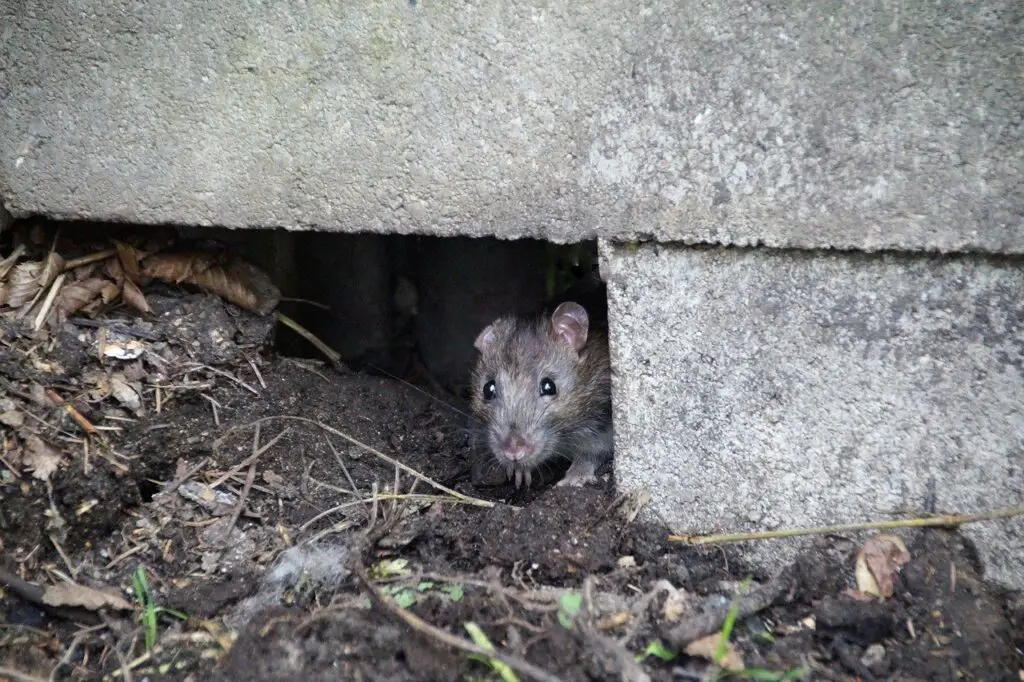
Conclusion
Rats have a higher ratio of rod cells to cone cells in their retinas, which makes them more sensitive to dim light. This adaptation enables them to navigate and forage effectively during nighttime hours or in low-light environments. However, their night vision is far from perfect, and they rely heavily on other senses, such as their acute sense of smell, sensitive whiskers (vibrissae), and auditory perception, to complement their visual perception.
The ability to see in the dark is just one facet of a rat’s remarkable adaptability, allowing them to thrive in various ecological niches. Rats have evolved a suite of sensory and behavioral adaptations that help them negotiate complex and often challenging environments, whether in natural ecosystems or urban landscapes.
Rats may not possess the night vision of animals like cats or owls, their ability to function in low-light conditions underscores their resourcefulness and survival strategies as they navigate the darkness of the night. While rats possess certain visual adaptations that allow them to function in low-light conditions, it would be inaccurate to say that they can see in complete darkness.

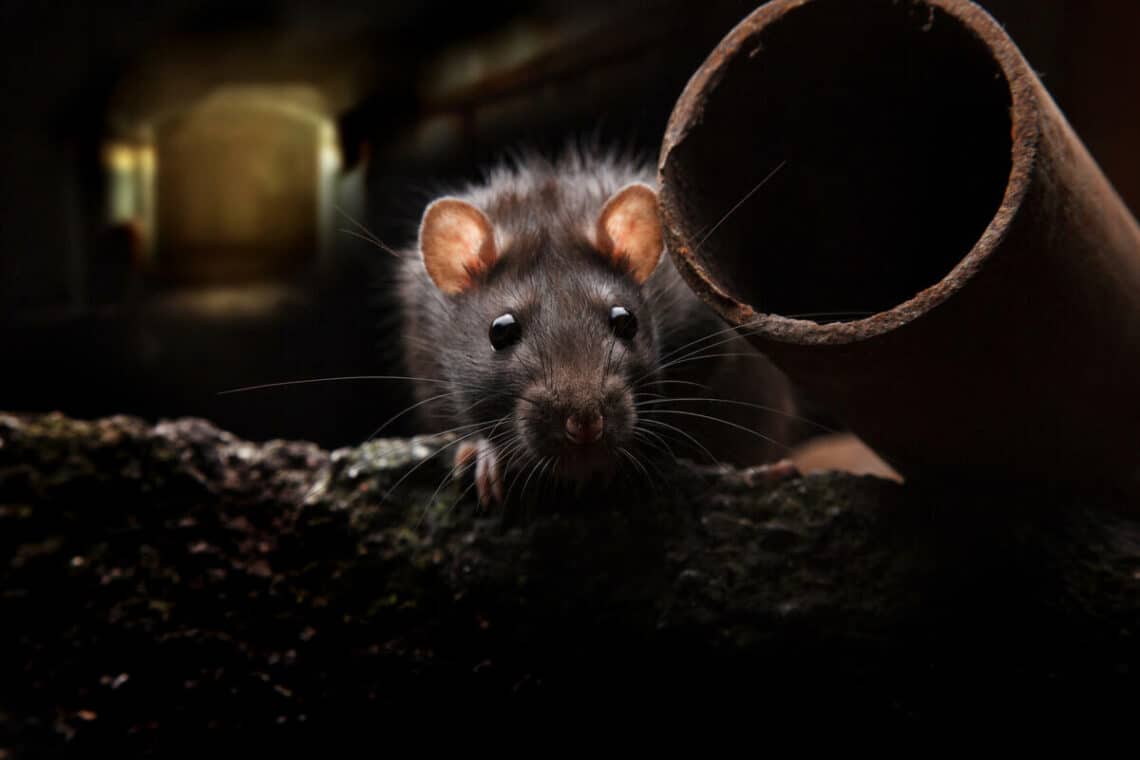

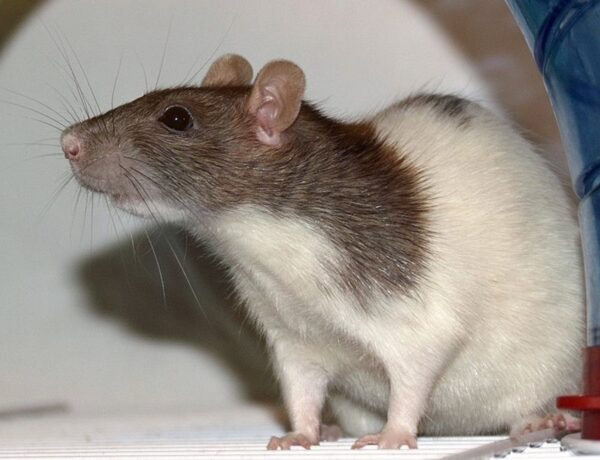
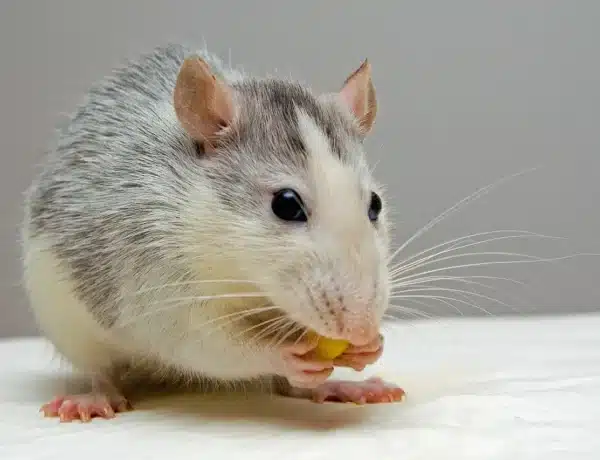
No Comments